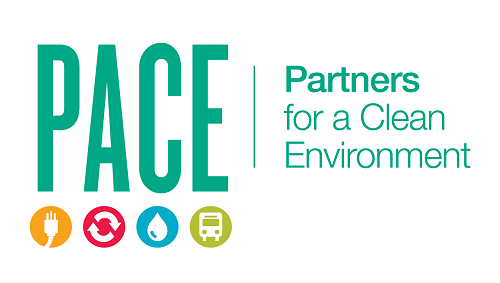Road Map to Zero Over Time for Retail Businesses
This road map demonstrates the steps that your business can take to become more energy efficient, save money, and reduce your climate pollution to zero. It is a clear and simple way to understand where you are currently and what the major steps are on the journey. A second goal of this project is to share work businesses are doing with the community to inspire other businesses and individuals to take action, both locally and across the country.
A significant number of retail businesses have become inspired and empowered to take action that demonstrate the benefits of converting to efficient lighting and equipment in addition to adding renewable energy. Many are also actively working with their supply chain to inspire and empower their stakeholders to take similar action. Through making these efforts highly visible, this leadership inspires a larger movement that significantly accelerates the adoption of a sustainability lifestyle – first around energy, but also around other critical areas like waste, use of resources, and relationship to the natural world.


